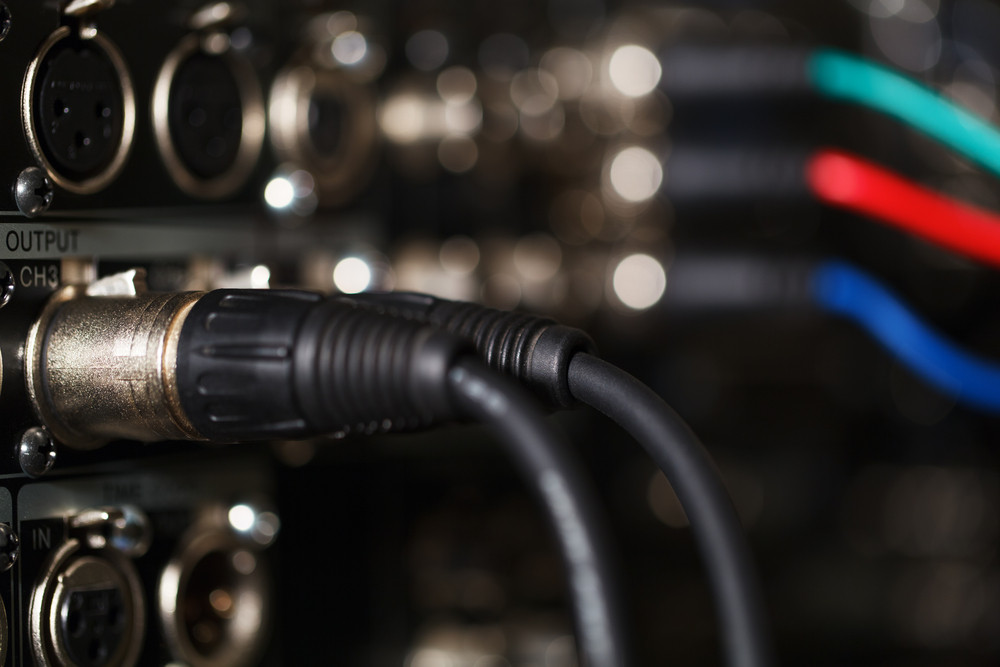

Even though WiFi is practically everywhere these days, more and more people are opting to “plug in” to Ethernet for their connection needs. And with good reason: network Ethernet cables can deliver faster speeds over a more secure line than practically any wireless router out there.
Unfortunately, the Ethernet world is a part of the high-tech realm with many terms, lingo, and abbreviations that can be unfamiliar or intimidating to the uninitiated. But fear not. Here’s your guide to all of the most basic beginner’s questions about Ethernet, so that you find the right cables you need for your setup without feeling overwhelmed.
What Do All These Numbers Mean?
One of the first things you’ll notice about Ethernet cables is that they come with different “cat” numbers. The “cat” simply stands for “category,” and the numbers indicate every time standards have been upgraded. Therefore, the higher the number, the generally better the performance: category 6 Ethernet cables, for instance, will be more powerful than Cat5 cables. Cat5e cables (“e” for “enhanced”) fall between the 5 and 6, just as the Cat6a falls between the 6 and 7.
Are They Only for Internet?
Definitely not. Ethernet cables are also extremely useful for connecting two like devices (e.g., one computer to another) in order to transfer large files and share data. For this use, however, you’ll probably want a crossover cable. Crossover cables have a slightly different pin configuration than patch cables (the kind used to connect a computer to, say, a network hub). Increasingly, however, they can be used interchangeably. A Cat5e crossover cable could be used as a patch as well.
Which Category Should I Get?
That all depends on your needs and budget. You don’t necessarily need to have the latest and greatest standard for a quality performance. Cat5 cables are generally still superior in performance to wireless connections, and they’re very affordable. What’s more, a good cable will last five to 10 years, easily, so your system should be in good shape for a long time.
Don’t let jargon deter you from investing in a quality Ethernet system that could serve you well for a long time to come. Make the right choices based on your needs, uses, and budget. But no matter what you choose, you’ll be speeding down the information highway faster than anyone still stuck on WiFi.
